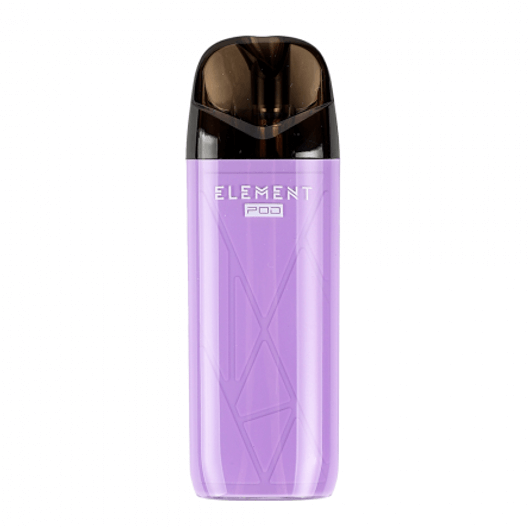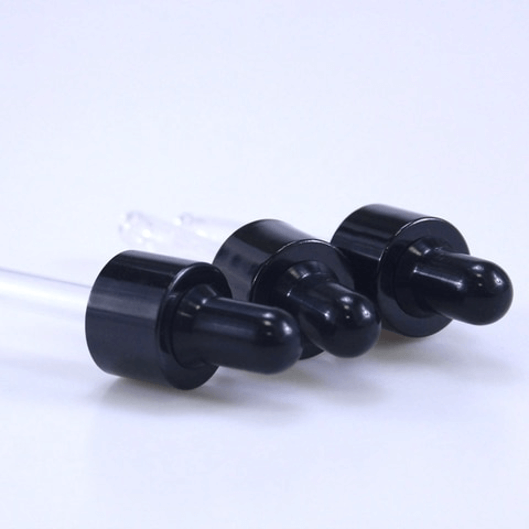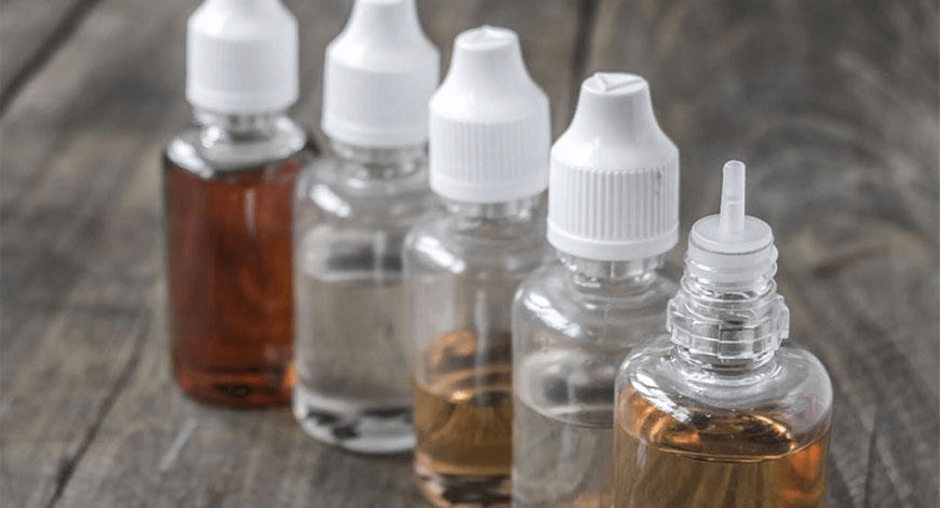What is self-mixing and how to make it

Content
- Why do self-kneading?
- What kind of nicotine is self-mixed with
- Materials for self-mixing
- Making liquid for vaping: step-by-step recipe
- Several ways of self-mixing
- Advantages of S2B liquid
Why do self-kneading?
Current manufacturers offer a great variety of liquids for electronic devices, which differ in nicotine concentration, composition and flavor properties. However, self-cooking liquid for vaping has a number of non-obvious advantages:
- It is possible to independently adjust PG/VG, which affects the strength and viscosity of the product and makes it suitable for a specific type of device.
- The initial components are usually cleaner than the finished mixtures from the manufacturer.
- You can experiment with the flavors of the liquid, selecting and combining them according to individual preferences.
- The new law adopted by the Ministry of Health limits the strength indicators for the slurry. By making your own batch, you can determine its strength yourself.
- Self-mixing in most cases will be cheaper than buying finished products.
What kind of nicotine is self-mixed with
The choice of nicotine in this situation should be dictated by the device used and the preferred method of vaping. For intensive smoking, it is better to take regular nicotine, since it is not absorbed so quickly and does not cause a risk of overdose. Salt nicotine, in turn, is characterized by a milder troth, but the saturation effect occurs much faster, so it is chosen by those who need only a few cravings at one time.
Salt nicotine is most often used for low-power substations. The optimal strength of nicotine for self–mixing is 100 mg/ml, because this ratio facilitates accurate calculations of the concentration in the final liquid. You can also purchase any nicobuster (strength booster) for vaping.

Materials for self-mixing
To prepare the vaping liquid yourself, you will need:
- propylene glycol (PG);
- vegetable glycerin (VG);
- classic or salt nicotine;
- distilled water;
- aromatic additives.
PG and VG in combination with water serve as the base for the liquid. It is due to their different ratios that it is possible to influence the strength, viscosity of the liquid and the amount of steam that will be formed during vaping. Aromatics are needed in order to give the liquid a pleasant smell and the necessary flavor.
Making vaping liquid: step-by-step recipe
Propylene glycol in the liquid is responsible for saturation and flavor transfer, acting as a binder between water and aromatic substances. Glycerin affects the viscosity of the mixture and the amount of steam (the more glycerin, the thicker clouds form). Water acts as a solvent, giving the liquid a fluid character.
The algorithm for preparing the base is as follows:
- Mix propylene glycol and glycerin in the required ratio. The proportions should be chosen based on the expected qualities of the future mixture and the vaping device used. PG/VG 30/70 gives a thick slurry with large clouds of steam, ideal for boxmodes and drippers, and a combination of 50/50 will give less troth and greater fluidity, which is suitable for sub-systems. Other PG/VG combinations can be used, based on the fact that the total sum of the indicators is 100.
- Add water at the rate of 6-8%. The main thing is not to overdo it, no more than 8 ml of water per 100 ml of the finished product.
- After that, the liquid is ready for vaping, but it is necessary to give it taste and strength, so proceed to carefully add nicotine in the right concentration. For nicotine 100 mg/ml, the calculation is simple: 1 ml = 1 mg of the final strength. If you use nicotine 50 mg/ml for self-mixing, its amount per 100 ml of the finished liquid should be doubled.
- The last stage is the addition of flavors to taste. The liquid is ready to use!

Several ways of self-mixing
Experienced vapers have several proven recipes for self-creation of liquids in their arsenal. Below we will list the most common ones so that you can choose what is right for you.1. Weathering
This is the easiest way to self-mix, but it will require some patience from you. The essence of the method is to make a base according to the algorithm described above, add nicotine and aromatic substances, and then leave the bottle with the finished liquid for 8-10 hours in an open form. After that, it is necessary to close the container and leave the liquid in a dark place for a few more days. The storage duration varies from 2 days for fruit liquids to 7-10 days for sweet dessert flavors.
Advantages of the method:
- while in an open bottle, the aromatics interact with air, which contributes to their full disclosure;
- the method is simple in execution and does not require special devices;
- uniform dissolution of the components of the slurry.
Disadvantages:
- it takes a long time before the liquid is ready;
- the method is not suitable for containers larger than 50 ml.
2. Shaking
Another simple method that does not require any tools. All components of the liquid are combined in a vial, which is then vigorously shaken for 3-5 minutes, and then left open for several hours.
Advantages of the method:
- does not take much time;
- no devices are needed;
- after infusion, you can immediately pour the liquid into the vape.
Disadvantages:
- is not suitable for liquids with a mixture of several flavors, as it is difficult to distribute them evenly;
- is suitable only for small volumes;
- flavors do not have enough time to completely dissolve in the base, so the taste will be less saturated.
3. Heating
This method will require, in addition to the liquid itself, a saucepan and hot water (do not use steep boiling water, a temperature of about 60 degrees is enough, otherwise heated nicotine will spoil the taste of the liquid). The prepared liquid is poured into a glass container (required!) the bottle is lowered into a container with heated water. After waiting until the water has completely cooled down, the self-mixture is removed and the bottle is placed in a dark place for a day. For a richer taste, it is recommended to do this procedure twice.
Advantages of the method:
- relative cooking speed;
- easy to cook at home;
- a bright flavor bouquet.
Disadvantages:
-
Do not use a plastic bottle, as it may deform or release harmful substances when heated.
4. Using the mixer
Perhaps the fastest way to prepare a self-made mixture. After making the base and adding aromatics, it is necessary to place the mixture in a deep container and beat it well with a mixer with a whisk attachment until the liquid becomes foamy. After that, it must be infused for about 2 hours.
Advantages of the method:
- cooking speed.
Disadvantages:
-
An unpleasant aftertaste may appear due to too intense mixing of aromatic components.
5. Exposure to ultrasound
The most difficult and expensive method, which requires an ultrasonic bath (a special device that is usually used to clean various products).
The prepared mixture must be placed in a large container with water and treated with ultrasound. The exposure time may vary depending on the volume of liquid and the power of the device itself. Theoretically, the liquid can be poured into the vaping device immediately after the end of the procedure, but experienced vapers advise holding the bottle in a dark place and repeating the effect the next day.
Advantages of the method:
- high cooking speed;
- quality close to the factory (ultrasound is used for mixing finished liquids in production conditions);
- rich taste due to high-quality mixing of aromas;
- any volume of liquid can be made.
Disadvantages:


